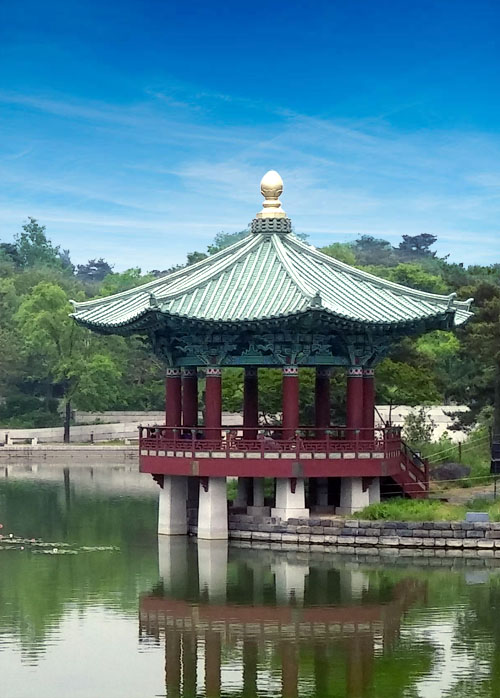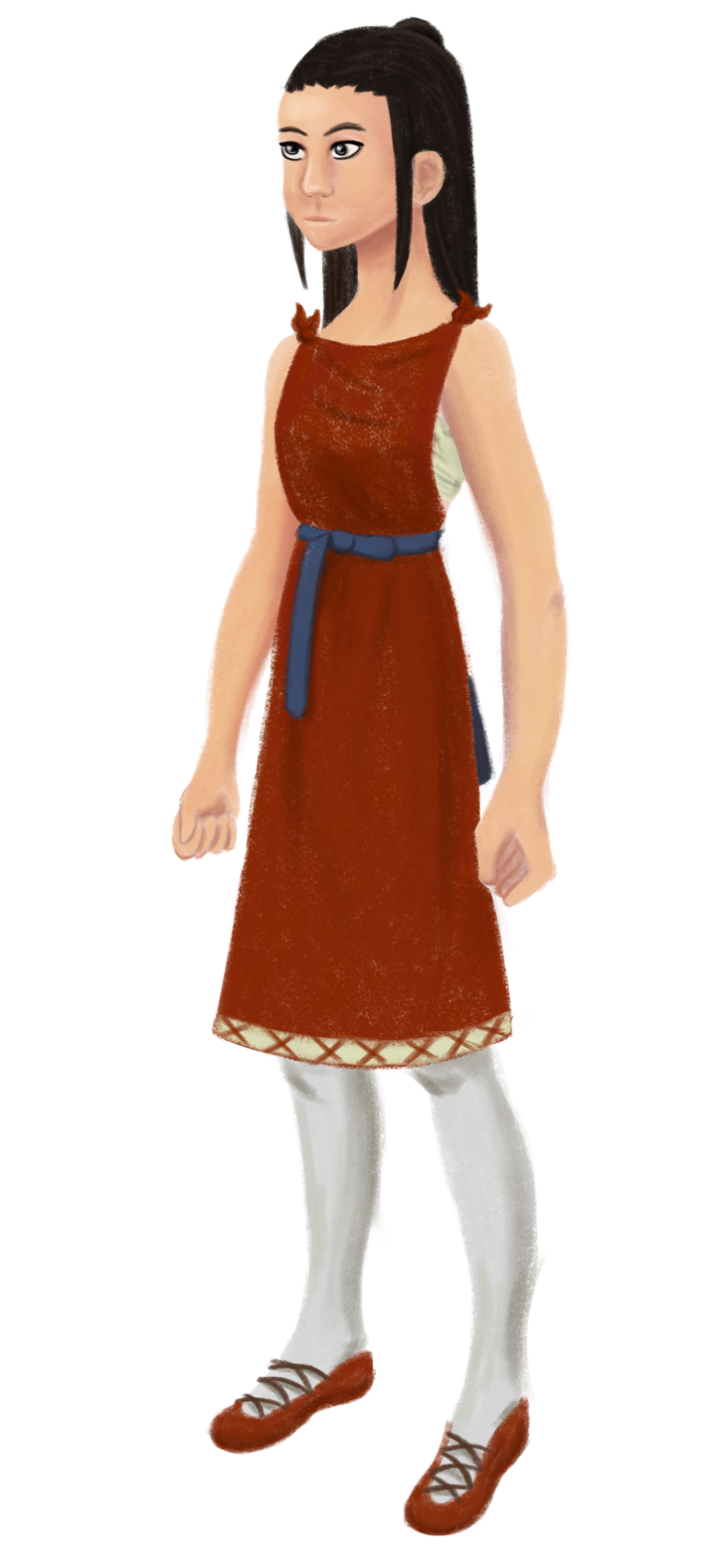Shilo
Deep roots anchor the soul.
Shilogo (the name given to their peninsula) has an ancient history, with records spanning back to the Third Age thousands of years ago. Throughout this history, they have had many ups and downs between having powerful kingdoms of their own or being occupied by others. Most recently, they were part of the Taalorang Empire for about 200 years before a rebellion 65 years ago granted them freedom.
Today, the peninsula has divided into numerous small kingdoms with independent rulers. Each kingdom has its own cultural quirks and slight differences in structure, but they share a common language and history. A central High King is elected from among the rulers by the rulers, who resolves disputes between rivals and serves as the representative when interacting with outside powers. This arrangement gives them a unified front against larger kingdoms, notably Taalora, while maintaining their independence.
Today, the peninsula has divided into numerous small kingdoms with independent rulers. Each kingdom has its own cultural quirks and slight differences in structure, but they share a common language and history. A central High King is elected from among the rulers by the rulers, who resolves disputes between rivals and serves as the representative when interacting with outside powers. This arrangement gives them a unified front against larger kingdoms, notably Taalora, while maintaining their independence.
Social Structure
Shilo society is divided into a caste system. At the top are the two aristocratic castes of scholars and warriors. Scholars generally have more prestige than warriors, but there are some kingdoms rules by a warrior caste family instead. Below them is a small middle class of professionals, including doctors, lawyers, accountants, bureaucrats, etc. Beneath them is a large caste of common folk, who are mostly farmers who own their own fields. Others in this caste might be soldiers, butchers, carpenters, or any other labour-intensive profession. The lowest caste are the serfs, who make up about 10% of the population. They are generally looked down upon as dirty and stupid, and have very few rights.
Naming Traditions
Other names
Shilo names are largely patronymic. They have a basic structure of [Son of/Daughter of Prefix] + [Father's Given Name] + [Given Name]. The father's given name is in the genitive form, which adds a suffix of -(a)n. For example, a typical name might be Gi Nangan Kuhet for a man or Yen Fureyan Gayori for a woman.
Culture
Shared customary codes and values
Shilo people place significant value on ancestry. Spirit Shifting is a rare but powerful gift that allows someone to manipulate a living thing's spirit, and is both revered and feared. The belief is that the more firmly rooted your soul is to its past, the more difficult it will be for a wicked Shifter to displace it from your body.
They also value honesty, and are sometimes seen by foreign visitors as rude or lacking tact. To them, the ultimate rudeness is lying, especially to a friend. They prefer not to sugercoat the truth or tell little lies to spare someone's feelings.
They also value honesty, and are sometimes seen by foreign visitors as rude or lacking tact. To them, the ultimate rudeness is lying, especially to a friend. They prefer not to sugercoat the truth or tell little lies to spare someone's feelings.
Common Dress code
Most people were loose, colourful clothing. On the right is a typical common woman's outfit in the summer, with white leggings, a strip of linen around the chest, and a two-piece dress that is tied together at the shoulders and has open slits at the side. A fabric belt tied at the waist keeps the two halves together. In the winter, this would be modified with thicker pants, a long-sleeved shirt below the dress, and a cloak.
Clothing for men is similar, but they generally do not use the tied-at-the-shoulder style. They wear a basic cotton shirt against the skin, with a long vest that is held together at the front with toggles and hangs to around the knee. The vest could be long or short sleeved. They wear loose pants tied at the ankle in both winter and summer, though the material is thicker in the winter.
Clothing for aristocrats is often made from silk and comes in more, heavier layers. The shoulders are held together with gold buckles, or a wide skirt that hangs to the floor covers the leggings. Noble clothing is often difficult to move in.
It is most important to cover the legs. Arms, shoulders, and cleavage are not especially scandalous, but anyone showing any leg above the knee is obscene and even calves are not expected in public. Bare feet are not appropriate for public and sandals are always worn over stockings that fully cover the feet. The only exception to this is if you are currently working in a rice paddy. The association between bare legs and hard labour is a significant factor in why upper-class people especially are sure to cover their legs.
Clothing for men is similar, but they generally do not use the tied-at-the-shoulder style. They wear a basic cotton shirt against the skin, with a long vest that is held together at the front with toggles and hangs to around the knee. The vest could be long or short sleeved. They wear loose pants tied at the ankle in both winter and summer, though the material is thicker in the winter.
Clothing for aristocrats is often made from silk and comes in more, heavier layers. The shoulders are held together with gold buckles, or a wide skirt that hangs to the floor covers the leggings. Noble clothing is often difficult to move in.
It is most important to cover the legs. Arms, shoulders, and cleavage are not especially scandalous, but anyone showing any leg above the knee is obscene and even calves are not expected in public. Bare feet are not appropriate for public and sandals are always worn over stockings that fully cover the feet. The only exception to this is if you are currently working in a rice paddy. The association between bare legs and hard labour is a significant factor in why upper-class people especially are sure to cover their legs.
Funerary and Memorial customs
The most noticeable thing when visiting Shilogo are the hills that cover the landscape. These hills are actually burial mounds. When a person dies, they are wrapped in a shroud and placed in a shallow grave. They are then covered with rocks, which are covered in a thick layer of dirt. In time, grass grows over the dirt to create a small hill.
The more notable a person was, the larger the mound built for them. Middle class people are buried in mounds about six feet long and one or two feet high, while royalty are entombed in enormous hills complete with interior chambers and grave goods. Common people, especially serfs, are buried without the stones and remain buried for only 3-5 years, after which the decayed skeletons are dug up and moved to underground ossuaries.
This is because they have been building burial mounds for thousands of years, and there is not space to build hills for so many people. Every few centuries, hills get dug up, the bones removed, and the space is re-used. This is typically done after land changes possession and the new occupants don't consider the deceased "their" people. Some hills have curses carved into the stone bones within, with patterns drawn on the turf exterior as a warning to dissuade people in the future of digging them up. This is especially common on royal tombs.
The more notable a person was, the larger the mound built for them. Middle class people are buried in mounds about six feet long and one or two feet high, while royalty are entombed in enormous hills complete with interior chambers and grave goods. Common people, especially serfs, are buried without the stones and remain buried for only 3-5 years, after which the decayed skeletons are dug up and moved to underground ossuaries.
This is because they have been building burial mounds for thousands of years, and there is not space to build hills for so many people. Every few centuries, hills get dug up, the bones removed, and the space is re-used. This is typically done after land changes possession and the new occupants don't consider the deceased "their" people. Some hills have curses carved into the stone bones within, with patterns drawn on the turf exterior as a warning to dissuade people in the future of digging them up. This is especially common on royal tombs.
Gyeongju National Park by Gary4Now
Ideals
Relationship Ideals
Shilo culture is patriarchal, with men as the heads of the household. If a man dies, however, his widow inherits his property and may take over many of his social roles if he does not have a grown son to do so.
Adultery is a terrible crime, punishable by banishment from the village. The exception to this is homosexual relationships, as the primary concern with adultery is the creation of bastard children. Especially among upper classes, where relationships are more often made for connections rather than affection, homosexual lovers are expected and, sometimes, welcomed into the home as members of the family.
Adultery is a terrible crime, punishable by banishment from the village. The exception to this is homosexual relationships, as the primary concern with adultery is the creation of bastard children. Especially among upper classes, where relationships are more often made for connections rather than affection, homosexual lovers are expected and, sometimes, welcomed into the home as members of the family.
Related Organizations





